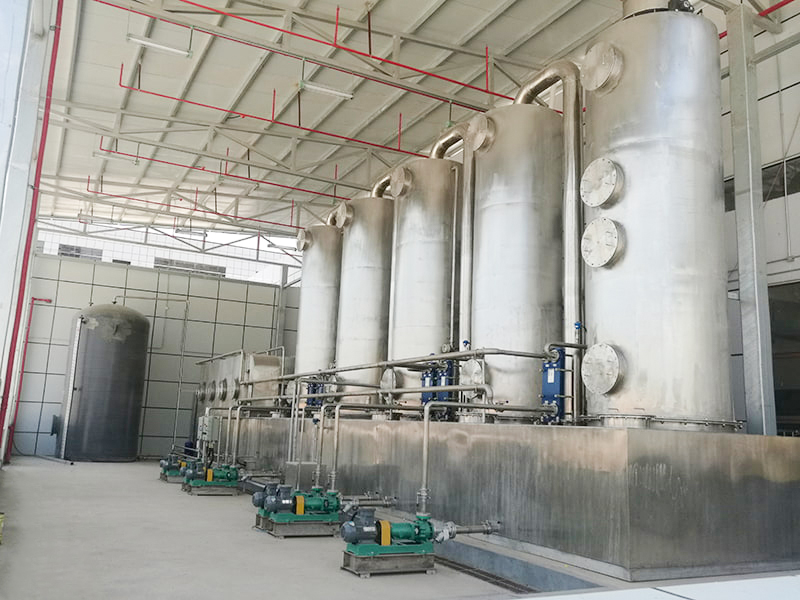In today's rapidly industrializing world, waste gas emissions have become a significant concern due to their detrimental impact on the environment and human health. To mitigate this issue, innovative solutions are necessary, and one such technology making waves in the field of waste gas treatment is the scrubber. Scrubbers offer a highly efficient and effective means of removing harmful pollutants from industrial exhaust gases, thus contributing to a cleaner and safer environment. This article explores the revolutionary capabilities of scrubber technology and its potential to transform waste gas treatment processes.
Waste gas treatment is a critical process that aims to remove pollutants, such as sulfur dioxide (SO2), nitrogen oxides (NOx), particulate matter (PM), and volatile organic compounds (VOCs), from industrial emissions. Failing to treat these gases adequately can lead to severe environmental consequences, including air pollution, acid rain, and respiratory diseases. Therefore, adopting efficient waste gas treatment technologies is paramount.
The Power of Scrubbers:
Scrubbers are pollution control devices widely used in various industries to eliminate harmful gases from exhaust streams. They work by passing the waste gas through a liquid medium, typically water or a specialized chemical solution, which traps the pollutants and prevents them from being released into the atmosphere.
Scrubbers employ different mechanisms to remove specific pollutants. For example, wet scrubbers are highly effective at removing gases such as SO2 and NOx. They operate by dissolving these pollutants into the liquid medium, where they undergo chemical reactions or are absorbed, ultimately transforming into harmless substances.
Additionally, scrubbers can be customized to target specific emissions and meet regulatory requirements. For instance, acid gas scrubbers are designed specifically to capture acid gases like sulfuric acid and hydrochloric acid. By tailoring scrubber systems to address the unique gas compositions of various industries, these devices can effectively control emissions and ensure compliance with environmental regulations.
Benefits and Advancements:
The adoption of scrubber technology offers numerous benefits to industries and the environment. Some key advantages include:
Reduction of Air Pollution: Scrubbers effectively remove pollutants, minimizing the emission of harmful gases into the atmosphere. This translates into cleaner air for communities surrounding industrial facilities.
Compliance with Regulations: Scrubbers play a crucial role in helping industries meet stringent emission standards and regulations imposed by environmental authorities. By integrating scrubber systems into their operations, companies can avoid penalties and maintain a positive public image.
Resource Optimization: Scrubbers allow for the recovery and reuse of valuable resources. For instance, certain scrubber designs enable the collection and extraction of sulfur compounds, which can be repurposed in the production of fertilizers or industrial chemicals.
Moreover, continuous advancements in scrubber technology have significantly enhanced their efficiency and effectiveness. Improved designs, use of advanced materials, and integration with intelligent control systems have contributed to higher removal efficiencies and reduced energy consumption, making scrubbers a viable and sustainable waste gas treatment solution.
Future Outlook:
As the world recognizes the importance of environmental sustainability, the demand for advanced waste gas treatment technologies such as scrubbers continues to grow. Governments, industries, and environmental organizations are increasingly focusing on reducing emissions and implementing more stringent regulations. This creates a favorable environment for the further development and adoption of scrubber technology.
Looking ahead, ongoing research and development efforts aim to enhance scrubber performance, reduce operating costs, and explore new applications. Additionally, the integration of scrubber systems with other pollution control technologies, such as catalytic converters and electrostatic precipitators, holds great potential for achieving even higher removal efficiencies.
